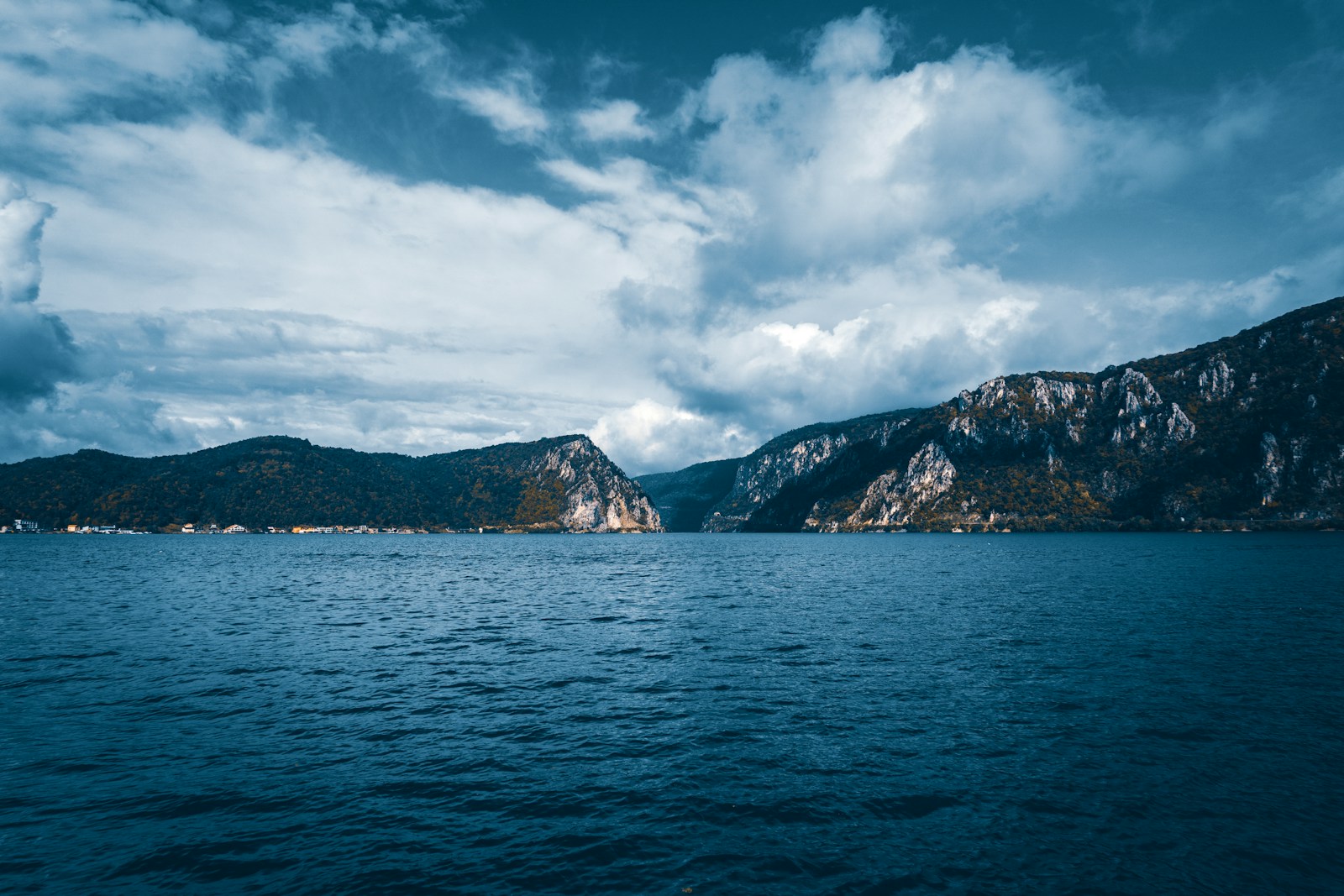Table of Contents
ToggleIntroduction:
The removal of four dams along the Klamath River is making history, marking the largest river restoration project ever undertaken. For decades, these dams have blocked the river’s natural flow, negatively impacting salmon populations, water quality, and Indigenous communities. As the Klamath River now flows freely for the first time in over a century, experts believe the project will significantly boost biodiversity and potentially help in the fight against climate change. But how exactly does this ambitious project restore ecosystems, and what broader impact will it have?
In this article, we’ll explore the environmental benefits of the Klamath Dam removal, how it enhances biodiversity, and its potential contribution to climate resilience.
The Significance of Klamath Dam Removal
The Klamath River, which runs through Southern Oregon and Northern California, has been dammed for over a century, blocking fish passage and degrading water quality. Four major dams—J.C. Boyle, Copco No. 1, Copco No. 2, and Iron Gate—were built between 1908 and 1962, initially for hydroelectric power. However, these structures also obstructed over 400 miles of salmon and steelhead habitat, which are critical species for both the ecosystem and local Indigenous tribes.
After decades of advocacy, led by tribal communities, and a historic agreement involving states, federal agencies, and nonprofits, the final cofferdams were breached in August 2024. Now, for the first time in more than a century, the Klamath River runs freely from Lake Ewauna to the Pacific Ocean, setting the stage for what is expected to be a massive ecological recovery.
Restoring Biodiversity: The Heart of the Klamath Project
The most immediate and important impact of removing the Klamath River dams is the restoration of fish populations, particularly salmon and steelhead trout. Salmon are a keystone species in the Klamath Basin, playing a critical role in the food chain. Their return will benefit not only other aquatic species but also terrestrial animals like bears and birds that rely on salmon as a food source.
Reopening Historic Salmon Spawning Grounds
Before the dams were built, the Klamath River was one of the West Coast’s most important salmon rivers. With over 400 miles of upstream habitat now accessible, these migratory fish can once again reach their traditional spawning grounds. This is particularly significant for the Chinook and Coho salmon populations, which had been reduced to just 5% of their historical numbers.
Restoring the river’s natural flow will help cool water temperatures, increase oxygen levels, and remove toxic algae, all of which are crucial for healthy fish populations. Copco No. 2, one of the smaller dams, was fully removed in 2023, allowing water to flow into Ward’s Canyon for the first time in nearly a century. This marks a critical step in improving habitat conditions for fish and other wildlife.
Enhancing Riparian Ecosystems
The restoration doesn’t stop at fish. The removal of the dams also allows the river to carve out its historic path, eroding accumulated sediment and exposing the riverbed. This natural flow supports healthier riparian zones—the areas along riverbanks that provide habitat for numerous species of plants and animals.
In addition to fish, species like otters, beavers, and a variety of bird species will benefit from the improved water quality and expanded habitat. This healthier riparian ecosystem is expected to support greater biodiversity, making the Klamath Basin more resilient to environmental changes.
Klamath River’s Impact on Climate Change
While the primary motivation for removing the Klamath dams is ecological restoration, the project also has potential implications for climate action. Dams and their associated reservoirs can contribute to greenhouse gas emissions. Methane, a potent greenhouse gas, is released when organic material decomposes in stagnant water. By removing the dams, the Klamath River is no longer a source of methane, which could have a small but meaningful impact on overall emissions in the region.
Improving Climate Resilience
Free-flowing rivers are better equipped to handle the extreme weather patterns brought about by climate change. They distribute sediment more effectively, helping to protect against erosion and flooding. The Klamath River’s restoration will improve its ability to manage water levels naturally, reducing the risk of flood damage during heavy rainfall or snowmelt events.
Additionally, the revegetation of the former reservoir sites—approximately 1,300 acres of land—will contribute to carbon sequestration. As native plants are reintroduced and grow, they will absorb carbon dioxide from the atmosphere, storing it in the soil and vegetation. This restoration of riparian forests will further support climate mitigation efforts.
Cultural and Economic Benefits for Indigenous Communities
The Klamath River has deep cultural significance for the Yurok, Karuk, Klamath, and Hoopa Valley Tribes, who have lived along its banks for thousands of years. Salmon are not only a key food source but also central to tribal traditions and rituals. The return of salmon to the upper reaches of the river represents the restoration of both ecosystems and cultural practices that have been disrupted for over a century.
Additionally, the economic benefits of a restored Klamath River are significant. A healthier river will improve commercial and recreational fishing opportunities, boosting local economies. The Klamath Basin is also expected to see an increase in ecotourism, with visitors drawn to the river for fishing, wildlife viewing, and recreational activities like rafting and kayaking.
Challenges and Ongoing Restoration Efforts
While the Klamath Dam removal is a monumental achievement, challenges remain. The sediment that had accumulated behind the dams has temporarily impacted water quality as it moves downstream. However, experts assure that this is a short-term effect, and water quality is already improving.
The next phase of the Klamath River restoration will focus on the upper watershed and tributaries, which are critical for maintaining long-term water quality. Efforts to replant native vegetation and manage fire risks in the Klamath Mountains are already underway, ensuring that the benefits of dam removal extend throughout the basin.
Conclusion:
The removal of the Klamath River dams is a landmark achievement in the global effort to restore rivers and combat biodiversity loss. By reopening over 400 miles of spawning habitat, improving water quality, and supporting climate resilience, this project is setting a powerful example for future river restoration efforts.
As the Klamath River continues to recover, its lessons will guide how we manage our water resources in a changing climate. The story of the Klamath is one of resilience, not just for the river, but for the communities and species that depend on it.
For more tips on living sustainably, visit our blog regularly.







